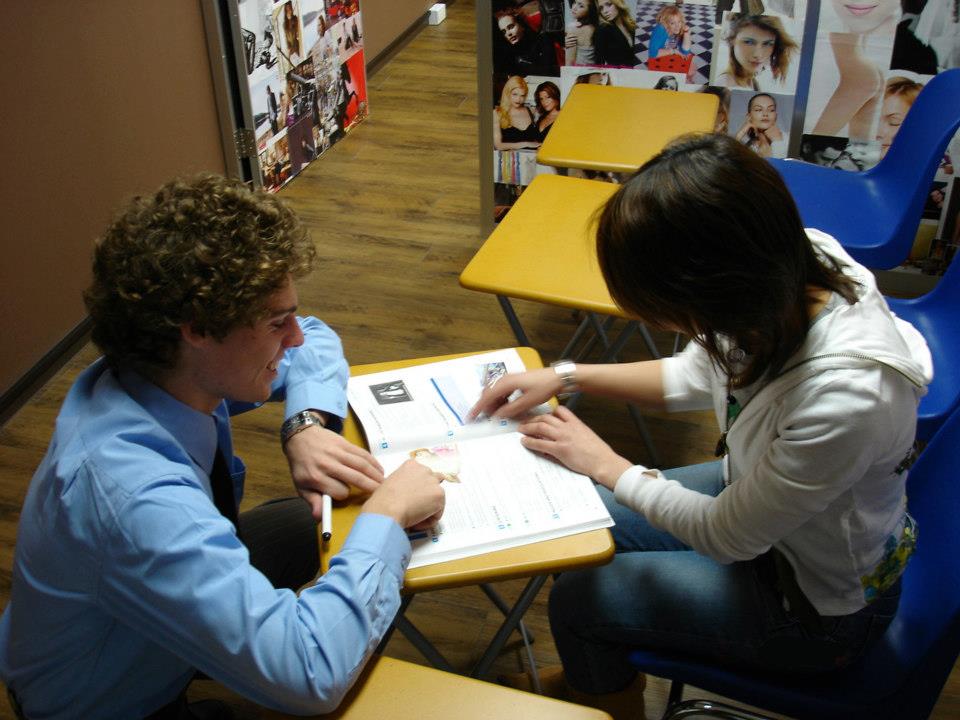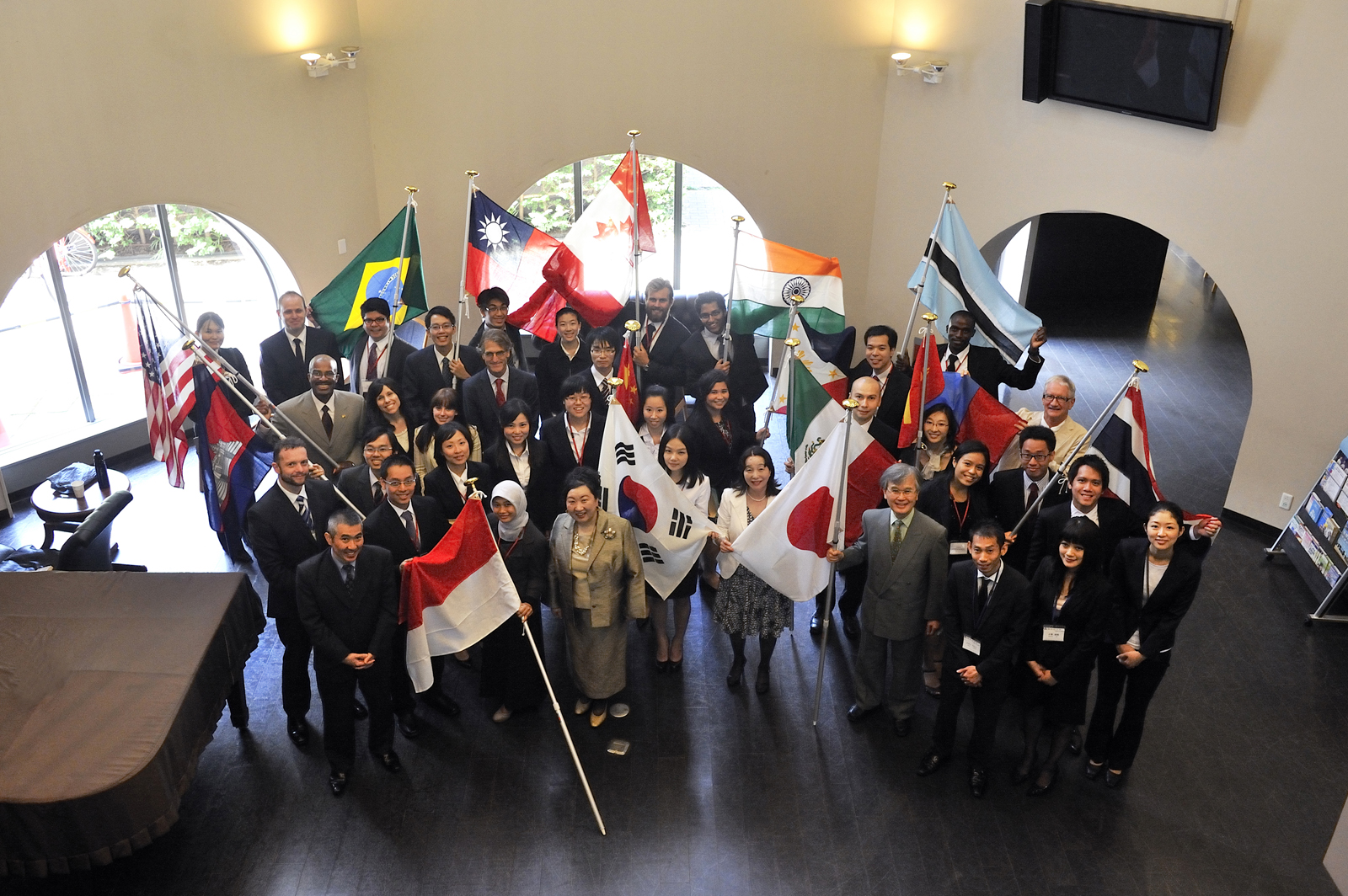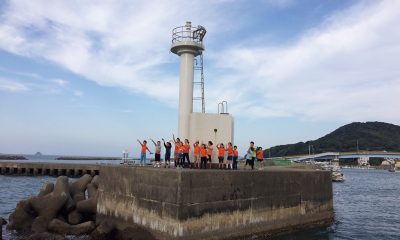Business
The future of English language learning
For millions of teachers and students alike, private language schools – eikaiwa – are central to everyday life in Japan. What’s the business behind the books?
English language learning has long been a big business in Japan, and with the Ministry of Education now focusing on critical thinking – a key English conversation skill – in theory there should be a growing market of keen students. This year so far, 2.27 million Japanese people took the TOEIC (Test of English for International Communication) exam. Some of those who took the TOEIC test work at Rakuten or Uniqlo, whose leaders have mandated English communication in the work-place. Many other workplaces set an expected TOEIC score for staff, even if they rarely deal with foreigners. It’s a given that English language skills im-prove job prospects for most Japanese people, not just those with aspirations to work abroad.
The official Japanese government language instruction assistance program, known as JET (Japan Exchange and Teaching Program), has brought over 55,000 foreigners to Japan since its founding in 1987 to help with instruction at the primary school level. But many students, after graduating school, don’t keep up their English practice until they land a job that suddenly demands it. Then it’s back to the books, and here’s where eikaiwa get a big bulk of their adult students.
Of late, there has been a great deal of turmoil in the eikaiwa business with the general trend being one of little growth in the number of schools. Revenue per student has recently been rising, yet the number of students per class is dropping. Famous eikaiwa firms such as Nova and Geos went bankrupt dramatically in the last few years. Nova employed over 5,000 language instructors at its peak, and many are still receiving well overdue wage payments from the fallout. Other large businesses, such as ECC and Aeon, have absorbed ex-Nova staff and students for in-class training, but the nationwide eikaiwa business model is still under stress.
For some more insight, KS spoke to Michael Perkins, who has run two eikaiwa schools for over ten years. His school, Eikaiwa Studio PES, is based in Kobe.
KS: How did you get into the english language business originally?
Michael Perkins: I arrived in Japan in 1995 as a member of the JET program. In the summer of 1996 I started teaching in a large eikaiwa school in Osaka. I was there for two years and later moved into the sales and management side. I enjoyed building relationships with people and the business challenged my creative spirit. After a few detours along the way, I opened my own school in 2002.
KS: can you explain how the business works, for example your cost and revenue models?
Perkins: At the core, a language school revolves around selling time and maximizing resources. Layered on top of that is the curriculum and support ser-vices such as study abroad programs or language test preparation. Depending on the business model, schools provide either packaged courses or monthly payment options. We have classrooms in Motomachi near Daimaru and in Kokusaikaikan in Sannomiya. Rental fees are a major fixed cost. We pay our teaching staff a living wage, and that is the second largest expense.
Without going into detail I believe it is possible to achieve a gross margin of 25-60% under a tightly managed cost controlled system. You can expect startup costs to range from 1.5-4 million yen based on location. Advertising is primarily done on the Internet supported by school signage and flyers. Our reputation and longevity in Kobe is due to the strong word-of-mouth culture and referrals from our clients.
KS: How do you see the english school business evolving in the next two to three years?
Perkins: There is a lack of innovation in the live lesson market. Disruptive online lessons, cafe lessons and the falling teaching wage have culled the number of schools and teaching jobs. There will be further consolidation among large size schools as they continue to cut operation costs. Local markets are ripe for growth and we will see a move toward small kiosk-sized schools in the next few years. Schools will have to modernize the lesson experience to attract customers and compete with the growing number of alternatives to classroom-based language study.

















